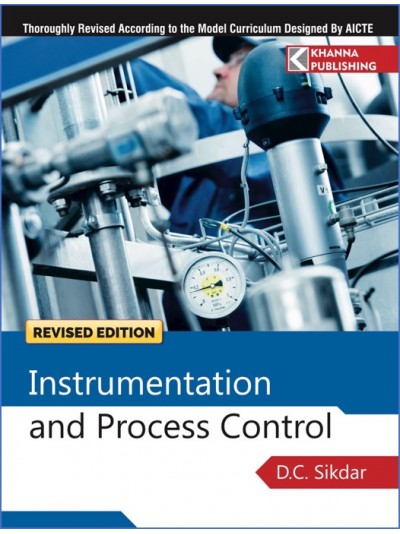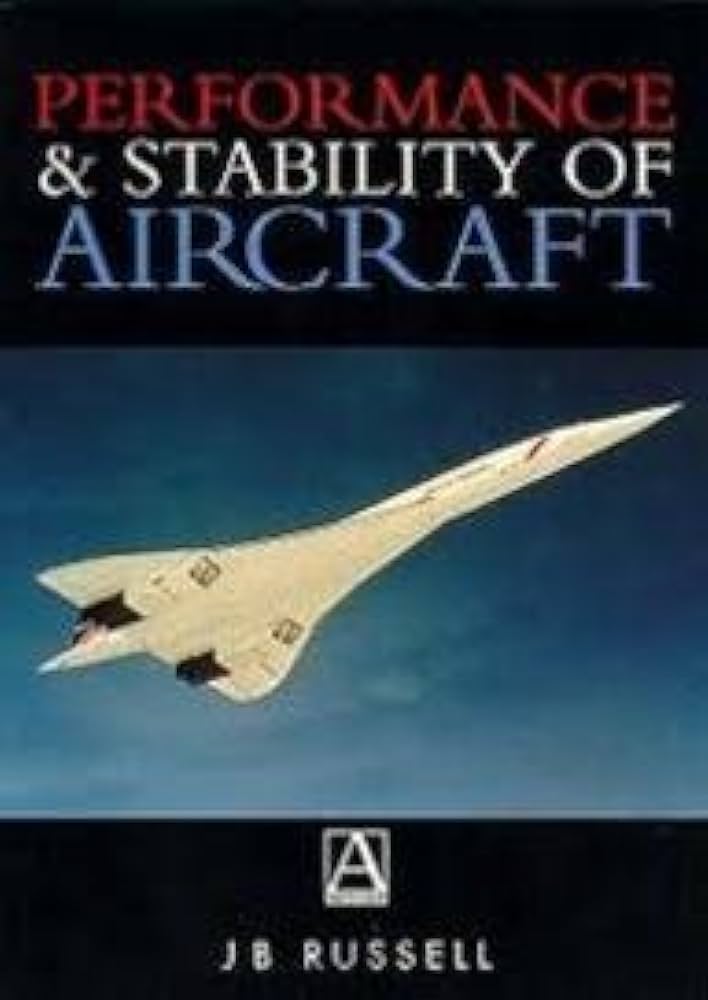-
Contents: Chapter 1: Instrumentation Fundamental Chapter 2: Pressure Measurement s Chapter 3: Temperature Measurements Chapter 4: Flow Measurements Chapter 5: Level Measurements Chapter 6: Laplace Transform Chapter 7: Basic Concept of Process Control and First Order System Chapter 8: First Order System in Series Chapter 9: Second Order System Chapter 10: Industrial Bio-processes Chapter 11: Controllers and Final Control Elements Chapter 12: Block Diagram and Transient Response of Closed Loop Control System Chapter 13: Stability Chapter 14: Advanced Control Techniques Chapter 15: Control Structure of Unit Operations
-
Over the Top: Moving from Survival to Stability
-
The performance, stability, control and response of aircraft are key areas of aeronautical engineering. This book provides a comprehensive overview to the underlying theory and application of what are often perceived to be difficult topics. Initially it introduces the reader to the fundamental concepts underlying performance and stability, including lift characteristics and estimation of drag, before moving on to a more detailed analysis of performance in both level and climbing flight. Pitching motion is then described followed by a detailed discussion of all aspects of both lateral and longitudinal stability and response. It finishes with an examination of inertial cross-coupling and automatic control and stabilization. The student is helped to think in three dimensions throughout the book by the use of illustrative examples. The progression from one degree of freedom to six degrees of freedom is gradually introduced. The result is an approach dealing specifically with all aspects of performance, stability and control that fills a gap in the current literature. It will be essential reading for all those embarking on degree level courses in aeronautical engineering and will be of interest to all with an interest in stability and dynamics, including those in commercial flying schools who require an insight into the performance of their aircraft. Ideal for undergraduate aeronautical engineers Three-dimensional thinking introduced through worked examples and simple situations







